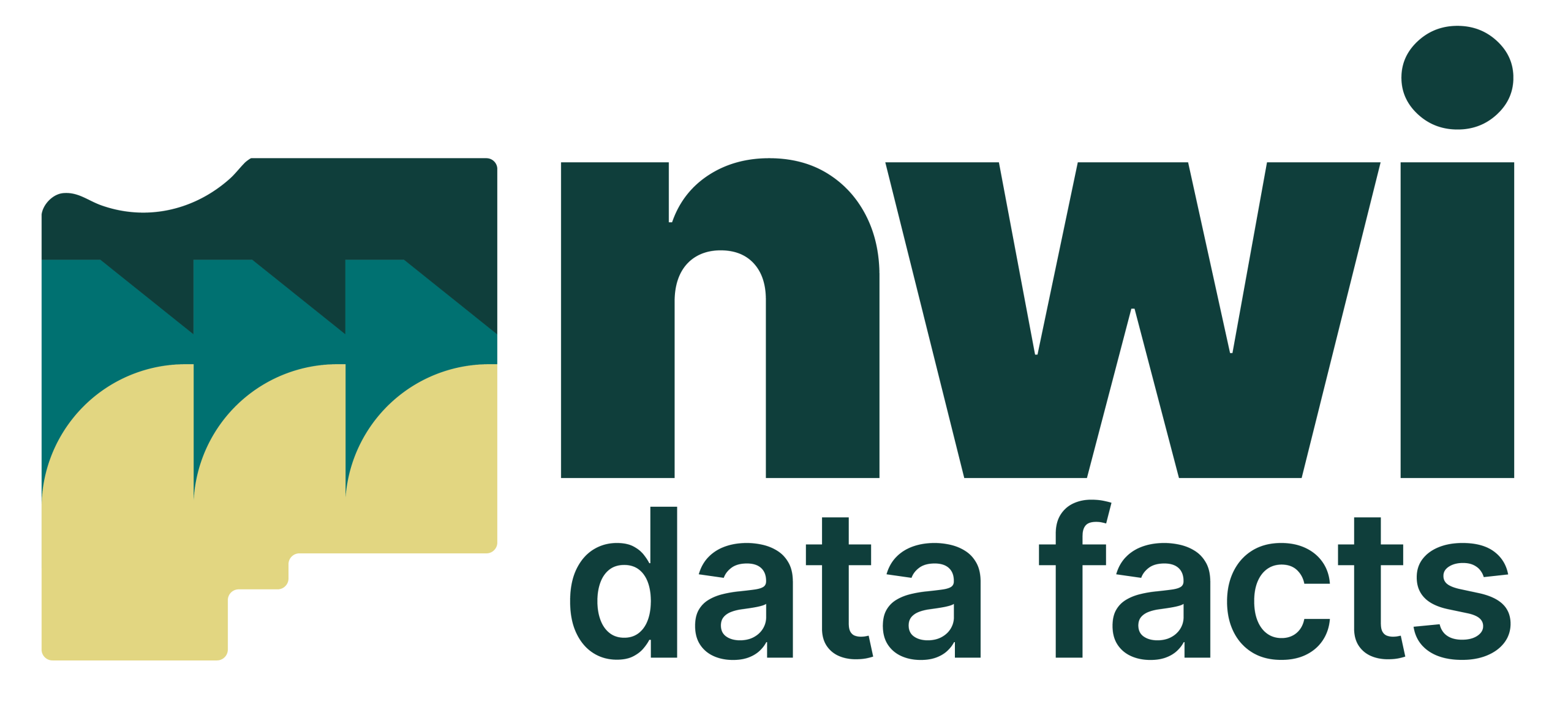Twice per week, we’ll release more FAQs on specific data center topics. Tell us which topic you’d like to see next!
-
Data centers, like all electrical facilities, emit electromagnetic fields (EMF). The World Health Organization provides resources on typical EMF exposure, which is generally considered safe in everyday life. For more explanation: Electromagnetic field (EMF) radiation refers to the waves of the electromagnetic field produced by electrically charged objects. These waves propagate through space carrying electromagnetic radiant energy. … Read more
-
Backup generators provide emergency power during grid outages to protect critical data. They are typically diesel-fueled, though alternatives are being evaluated. Generators are tested periodically and must comply with air quality and noise regulations. Permits are required for installation and operation, and emissions are regulated by the EPA and local agencies. They typically involve: Involves … Read more
-
The primary sources of sound are HVAC systems and backup generators. Most facilities are designed to mitigate sound impacts through equipment selection, placement, and screening. Noise is regulated by local ordinances and state agencies, with studies typically required to demonstrate compliance. If local/state ordinances do not apply, EPA recommends keeping day-night outdoor noise level (DNL) … Read more
-
Data centers generate minimal daily traffic compared to other industrial uses, mainly limited to employees and maintenance personnel. Construction phases may temporarily increase traffic, but operational impacts are low. As compared to an industrial warehouse or residential use, there is significantly less impact on the local roads and traffic patterns in operation. For example, based … Read more
-
Separate rate class for data centers in NW Indiana? Since 2019, average American household electricity prices have risen 19%. But with inflation-adjusted comparative rise is 4.5%. Showing that rises in cost are mostly The Lawrence Berkeley Laboratory found that data center activity has not contributed to changes in national average household electricity costs. https://emp.lbl.gov/publications/retail-electricity-price-and-cost
-
The power consumption of data centers does most often require transmission grid and substation improvements. A series of studies and grid modeling exercises are completed by the Utility and the Regional Transmission Operator, overseen by FERC, the Federal Energy Regulatory Commission. The studies identify what improvements/upgrades are needed on the grid in order to provide … Read more
-
Data Centers currently use 4.4% of the Total US electricity, which may grow as high as 12% by 2030. Data Centers generally are fed off the main power grid for baseline power, with generation mix commensurate to the local area. With more generation needed, the companies behind data centers are now keeping existing generation online … Read more
-
Data centers require substantial and reliable power, often necessitating dedicated substations and infrastructure upgrades. Developers typically fund these improvements, and utilities design upgrades to ensure stable service for both new and existing customers. Backup generators are oftentimes installed for emergency use when there is a grid power failure to protect critical data and compute.
-
There can be up to 2 distinct wastewater streams from a Data Center: the domestic wastewater from actions like toilet and sink use, and potentially, industrial cooling wastewater, depending on what the cooling strategy for the building is. Industrial wastewater from data centers may be discharged into municipal systems, treated onsite, or reused for irrigation. … Read more
-
Not all Data Centers need a lot of water. Have you ever had your laptop get hot when it’s sitting on your lap? The servers inside a data center are like computers operating at a really high intensity and the by-product is heat. Cooling the servers is foundational in data centers, and there are many ways to accomplish this. Water … Read more
